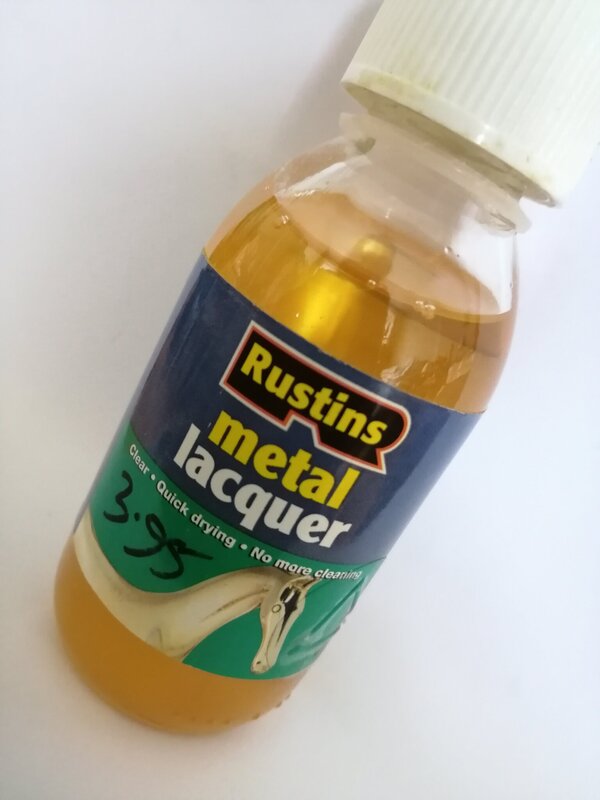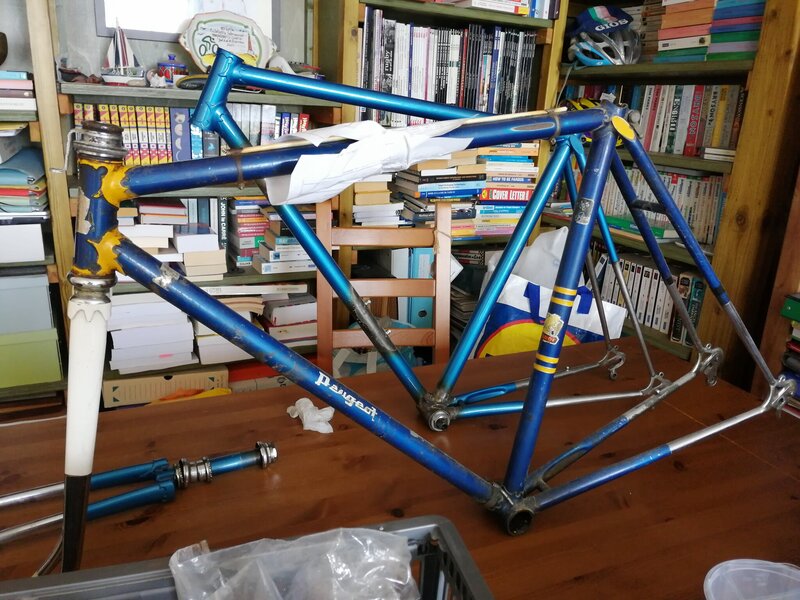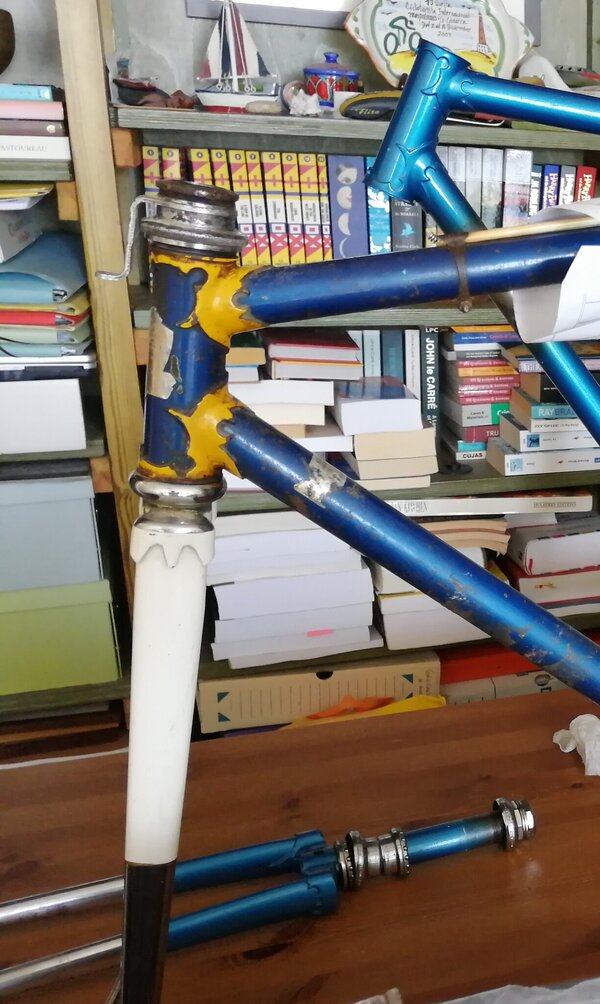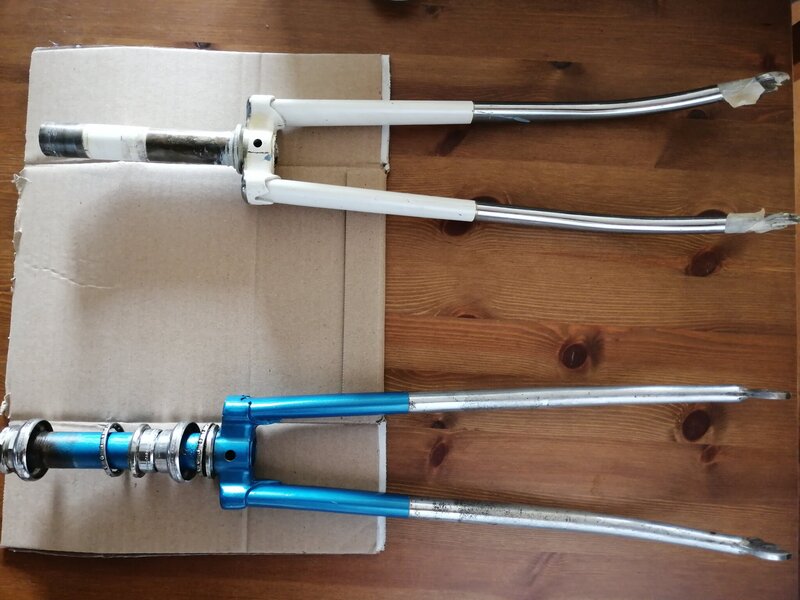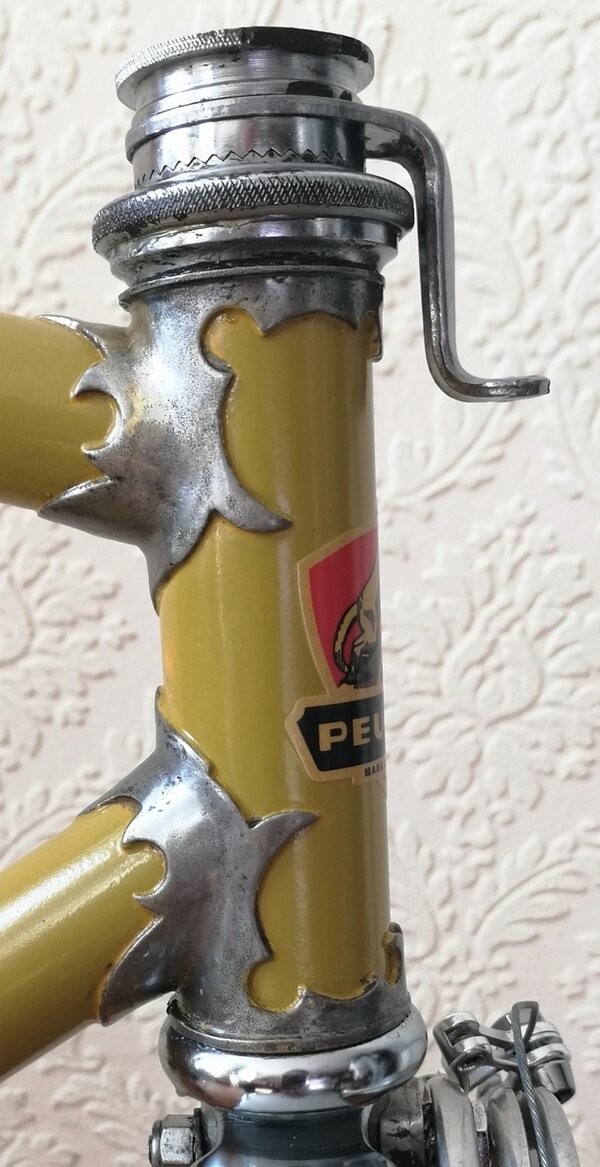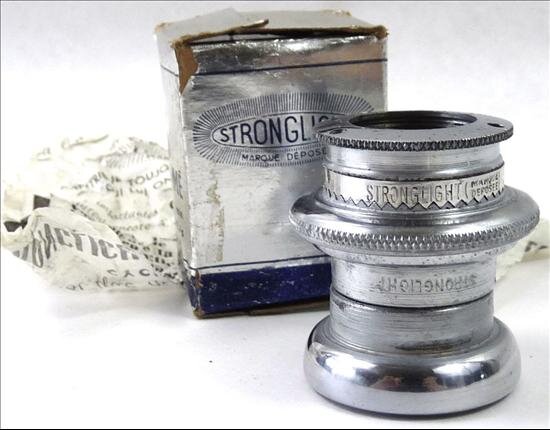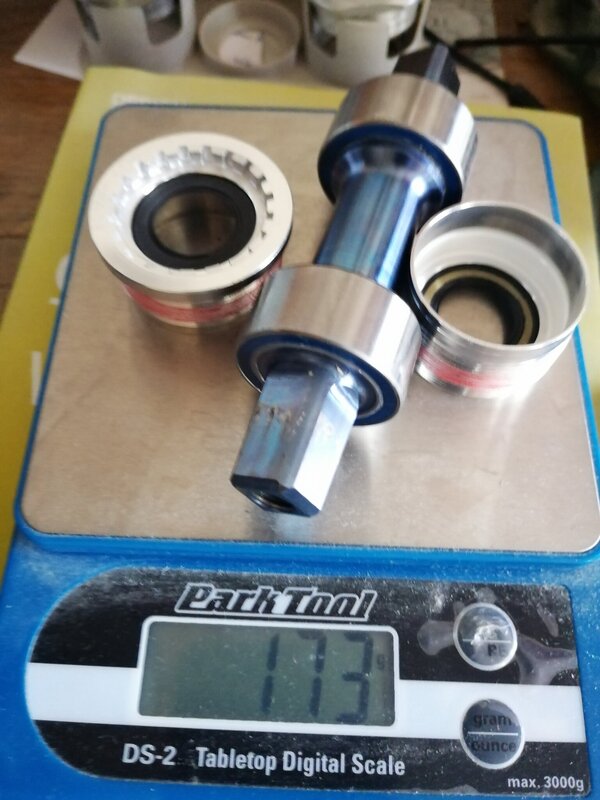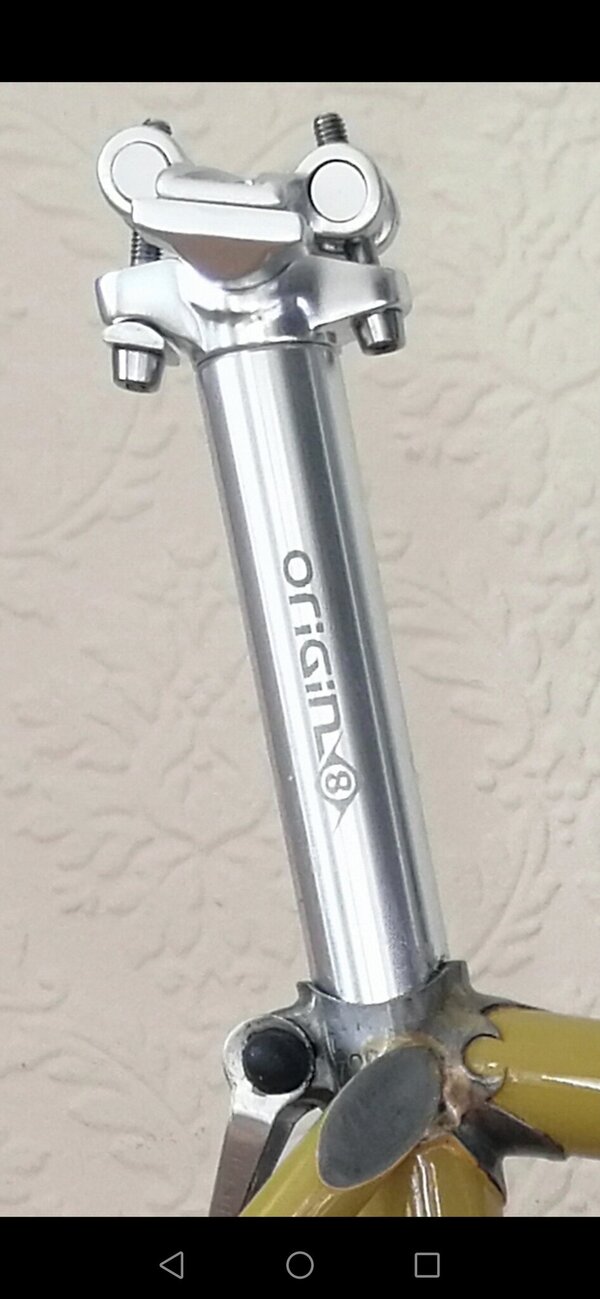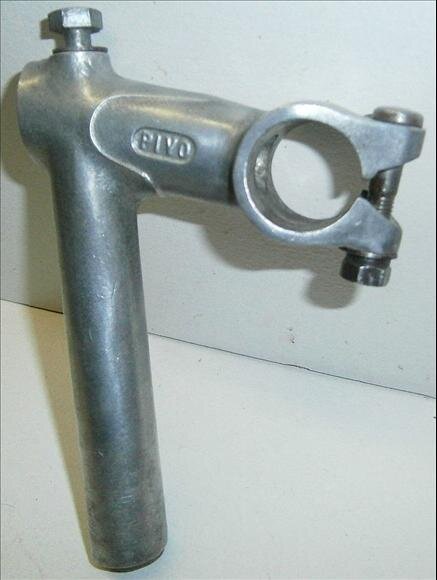That one...What was the steel specific clear coat you used?
Cheers
Actually I proceeded as follow.
First I stripped the paint off the frame and polished everything - except the chrome obviously.
Then I applied that metal specific clear lacquer on the polished steel lugs and left it to dry for a couple of days. Actually I applied three layers of this protective coating.
Then I masked those parts which had received that transparent clear coat.
Then I sprayed the frame.
And eventually I removed all the masking and sprayed the whole frame - including the polished steel parts that had already received a specific clear lacquer treatment.
Therefore the polished steel lugs have six layers of clear lacquer... Which should be more than sufficient to provide ample protection against rust.
Attachments
Last edited:
